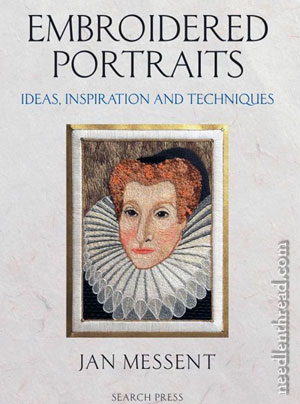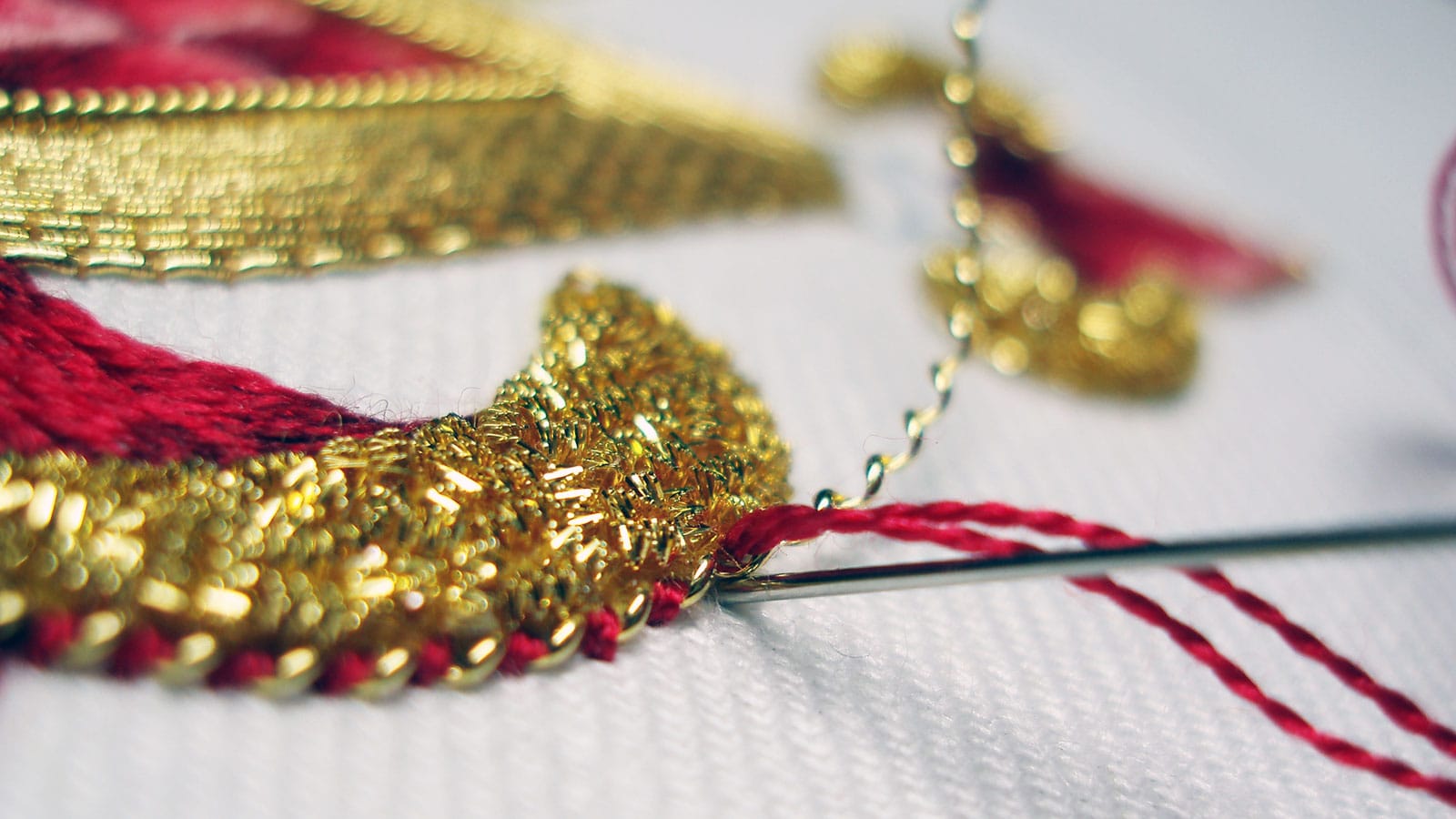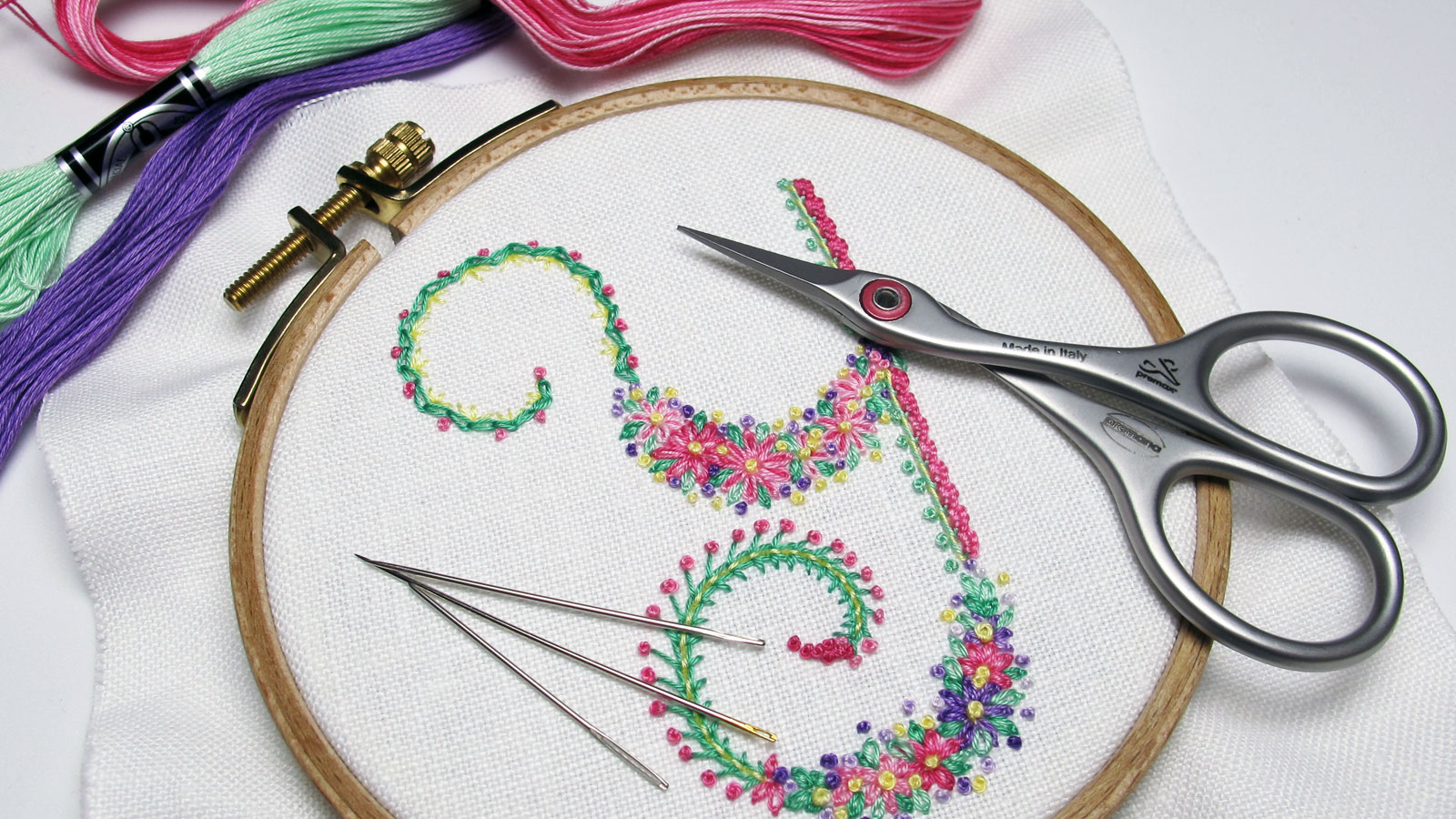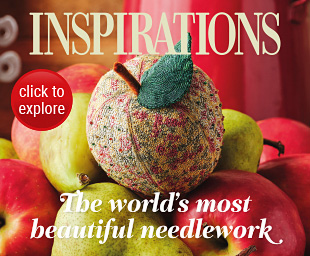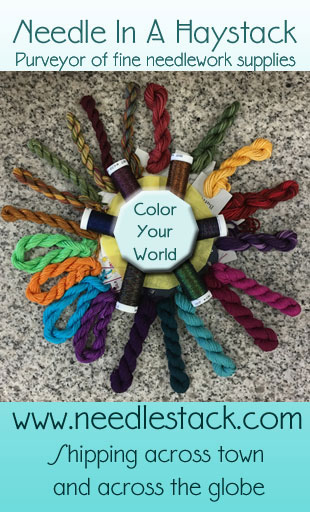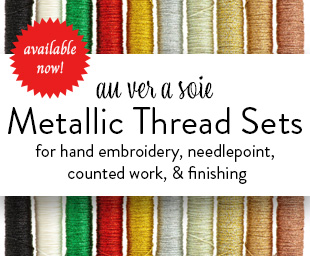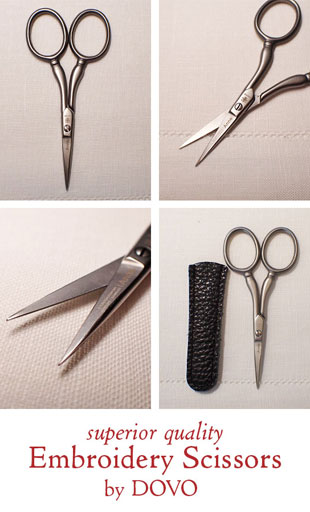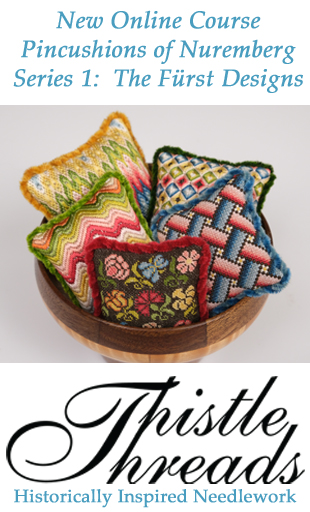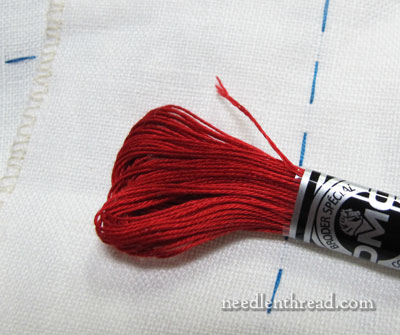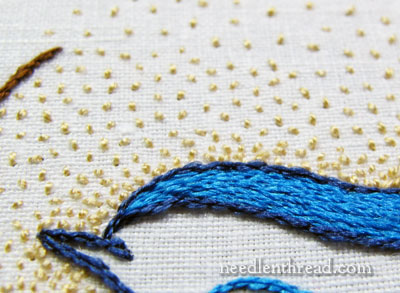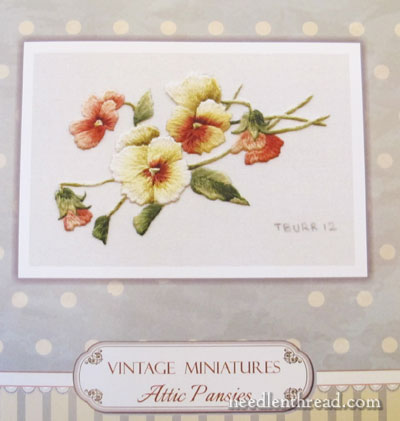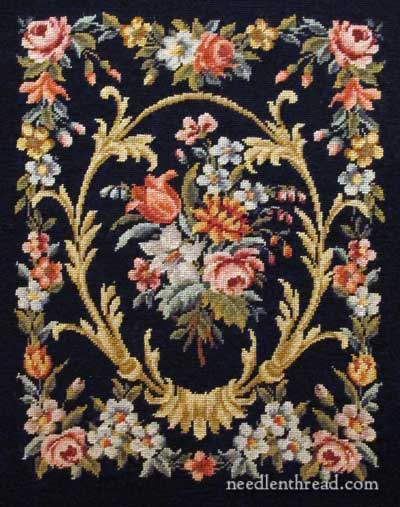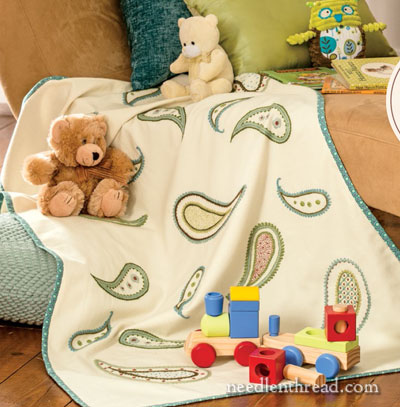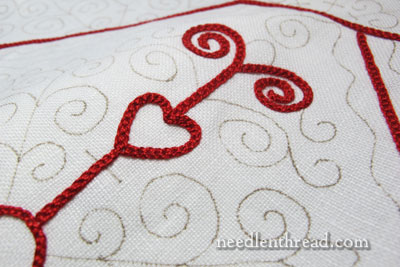December 4, 2012
Embroidered Portraits by Jan Messent – Book Review
If you’re an embroidery-bookophile, you’ve probably heard of Jan Messent, and you’ve probably even got some of her books on your bookshelf. If you haven’t and you don’t, I highly recommend her books. She’s a prolific author, not just of embroidery books, but also of books on design, historical techniques, on knitting and wool and yarn work. In her embroidery books, you will find many excellent tips for the embroiderer. Her older books can be found, too, through used book sources, and can often be picked up for a bargain.
